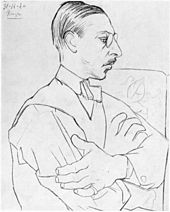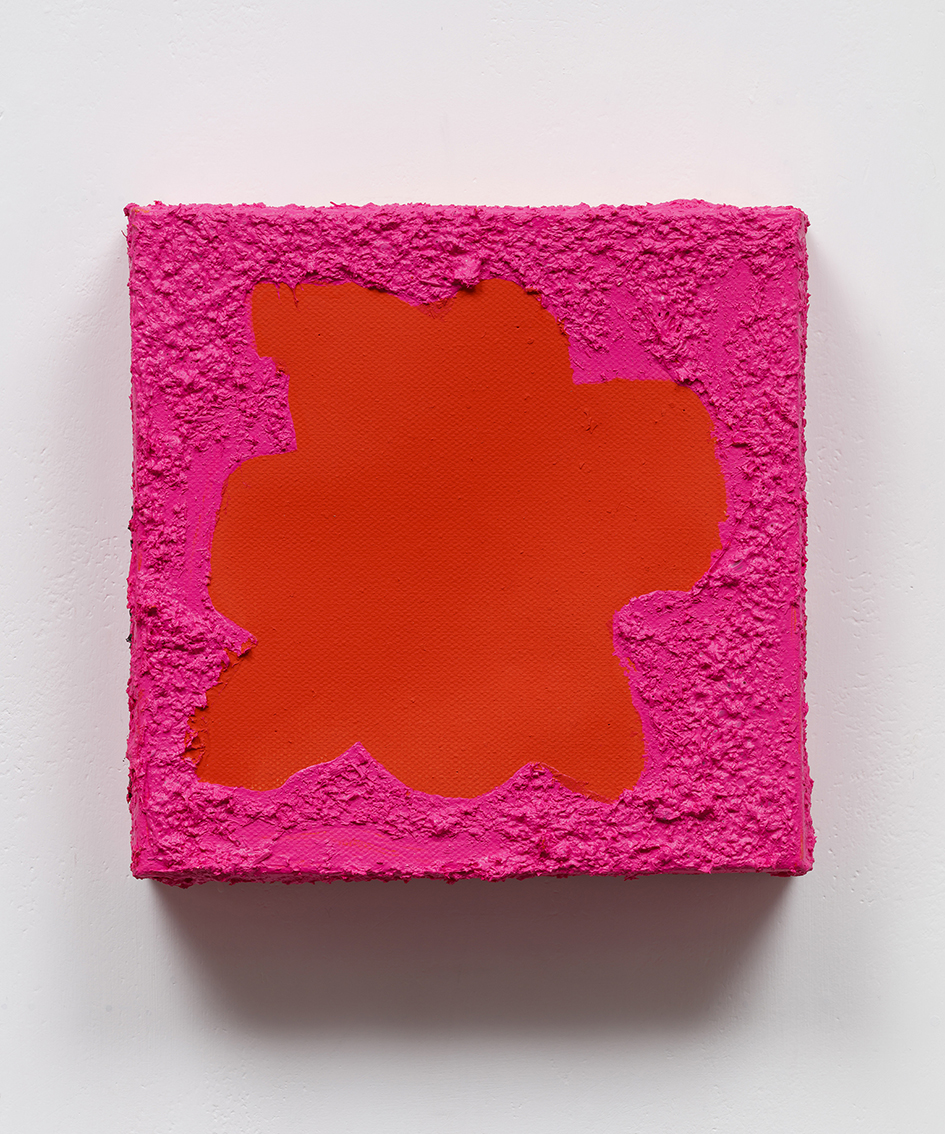●★ Igor Stravinsky :『le Sacre du Printems - the Rite of Spring』★●
Jaap Van Zweden(Conductor) &
Radio Filharmonic Orchestra
(Concertgebouw in Amsterdam)
■ 이고르 스트라빈스키 : 봄의 제전 ■

● 제1부 - 대지에의 찬양
ⓐ서곡
ⓑ봄소식 - 창춘남녀의 춤
ⓒ유혹의 식전
ⓓ봄의 론도
ⓔ패권을 다투는 부락의 경기
ⓕ성자의 행렬
ⓖ대지에의 찬양
ⓗ대지의 춤
● 제2부 - 산 제물
ⓐ서주
ⓑ젊은이들의 신비로운 춤
ⓒ선택된 처녀에의 찬미
ⓓ조상의 출현
ⓔ조상의 의식풍인 움직임
ⓕ신성한 춤, 선택된 처녀
■ Igor Stravinsky : The Rite of Spring ■
The Rite of Spring (French: Le Sacre du printemps, Russian: «Весна священная», Vesna svyashchennaya) is a ballet and orchestral concert work by the Russian composer Igor Stravinsky. It was written for the 1913 Paris season of Sergei Diaghilev's Ballets Russes company, with choreography by Vaslav Nijinsky and stage designs and costumes by Nicholas Roerich. When the ballet was first performed, at the Théâtre des Champs-Élysées on 29 May 1913, the avant-garde nature of the music and choreography caused a near-riot in the audience. Although designed as a work for the stage, with specific passages accompanying characters and action, the music achieved growing success as a concert piece and later became recognised as one of the most influential musical works of the 20th century. It is widely performed in the concert hall, and is frequently revived on the stage.
Stravinsky was a young, virtually unknown composer when Diaghilev recruited him to create works for the Ballets Russes. The Rite was the third such project, after the acclaimed The Firebird (1910) and Petrushka (1911). The concept behind The Rite, developed by Roerich from Stravinsky's outline idea, is suggested by its subtitle, "Pictures of Pagan Russia in Two Parts"; in the scenario, after various primitive rituals celebrating the advent of spring, a young girl is chosen as a sacrificial victim and dances herself to death. After a mixed critical reception for its original run and a short London tour, the ballet was unperformed until the 1920s, when a version choreographed by Léonide Massine replaced Nijinsky's original. Massine's was the forerunner of many innovative productions directed by the world's leading ballet-masters, which gained the work worldwide acceptance. In the 1980s, Nijinsky's original choreography, long believed lost, was reconstructed by the Joffrey Ballet in Los Angeles.
Stravinsky's score contains many features that were novel for its time, including experiments in tonality, metre, rhythm, stress and dissonance. Analysts have noted in the score a significant grounding in Russian folk music, a relationship which Stravinsky tended to deny. The music has influenced many of the 20th century's leading composers and is one of the most recorded works in the classical repertoire.
|
|
● Background

Igor Stravinsky was the son of Fyodor Stravinsky, the principal bass at the Imperial Opera, St Petersburg, and Anna, née Kholodovskaya, a competent amateur singer and pianist from an old-established Russian family. Fyodor's association with many of the leading figures in Russian music, including Rimsky-Korsakov, Borodin and Mussorgsky, meant that Igor grew up in an intensely musical home.[1] In 1901 Stravinsky began to study law at St Petersburg University, while taking private lessons in harmony and counterpoint. Having impressed Rimsky-Korsakov with some of his early compositional efforts, Stravinsky worked under the guidance of the older composer. By the time of his mentor's death in 1908 Stravinsky had produced several works, among them a Piano Sonata in F-sharp minor (1903–04), a Symphony in E-flat major (1907), which he catalogued as "Opus 1", and in 1908 a short orchestral piece, Feu d'artifice ("Fireworks").[2][3]
In 1909 Feu d'artifice was performed at a concert in St Petersburg. Among those in the audience was the impresario Sergei Diaghilev, who at that time was planning to introduce Russian music and art to western audiences.[4] Like Stravinsky, Diaghilev had initially studied law, but had gravitated via journalism into the theatrical world.[5] In 1907 he began his theatrical career by presenting five concerts in Paris; in the following year he introduced Mussorgsky's opera Boris Godunov. In 1909, still in Paris, he launched the Ballets Russes, initially with Borodin's Polovtsian Dances from Prince Igor and Rimsky-Korsakov's Scheherazade. To present these works Diaghilev recruited the choreographer Michel Fokine, the designer Léon Bakst and the dancer Vaslav Nijinsky. Diaghilev's intention, however, was to produce new works in a distinctively 20th century style, and he was looking for fresh compositional talent.[6] Having heard Feu d'artifice he approached Stravinsky, initially with a request for help in orchestrating music by Chopin to create the ballet Les Sylphides. Stravinsky worked on the opening "Nocturne" and the closing "Valse Brillante"; his reward was a much bigger commission, to write the music for a new ballet, The Firebird (L'oiseau de feu) for the 1910 season.[4]
Stravinsky worked through the winter of 1909–10, in close association with Fokine who was choreographing The Firebird. During this period Stravinsky made the acquaintance of Nijinsky who, although not dancing in the ballet, was a keen observer of its development. Stravinsky was uncomplimentary when recording his first impressions of the dancer, observing that he seemed immature and gauche for his age (he was 21). on the other hand Stravinsky found Diaghilev an inspiration, "the very essence of a great personality".[7] The Firebird was premiered on 25 June 1910, with Tamara Karsavina in the main role, and was a great public success.[8] This ensured that the Diaghilev–Stravinsky collaboration would continue, in the first instance with Petrushka (1911) and then The Rite of Spring.[4]
● Synopsis and structure
Stravinsky has described The Rite of Spring as "a musical-choreographic work, [representing] pagan Russia ... unified by a single idea: the mystery and great surge of the creative power of Spring". The work has no specific plot or narrative, but should be considered as a succession of choreographed episodes.[9]
The French titles of parts and movements are given in the form established in 1913. There have been numerous variants of the English translations; those shown are from the 1967 edition of the score.[9]
| Number |
Movement (Original French) |
English translation | Synopsis |
|---|---|---|---|
| Part I: L'Adoration de la Terre (Adoration of the Earth)[9] | |||
| 1 | Introduction |
Introduction | |
'Lecture Concert' 카테고리의 다른 글
| 브람스 피아노 트리오 1번 (0) | 2015.07.14 |
|---|---|
| 차이콥스키 - 피아노 트리오 (0) | 2015.07.14 |
| 이고르 스트라빈스키 - 불새 (0) | 2015.07.14 |
| 에릭사띠 - 짐노페디 (0) | 2015.07.14 |
| 모차르트 교향곡 40번 (0) | 2015.07.13 |

